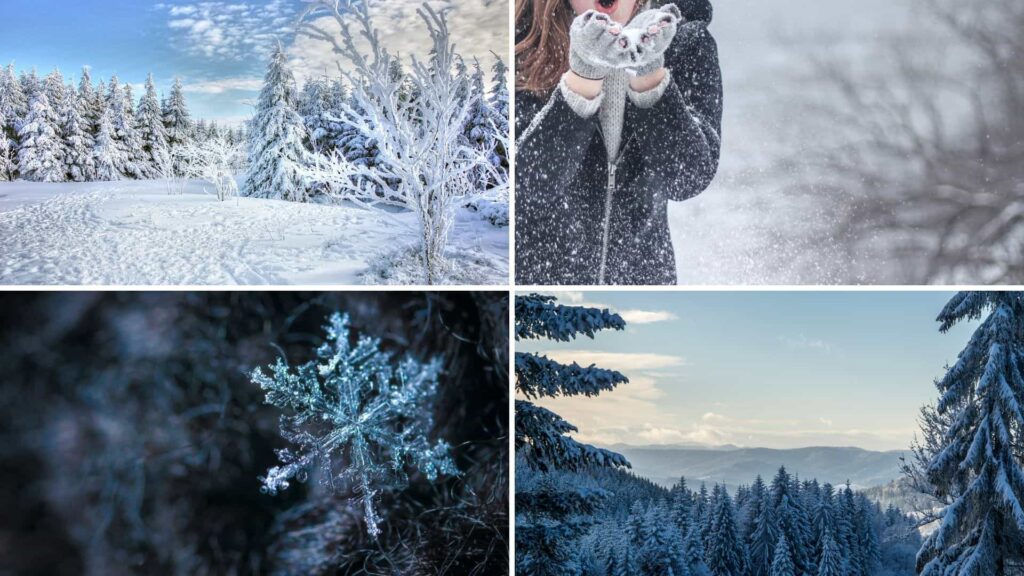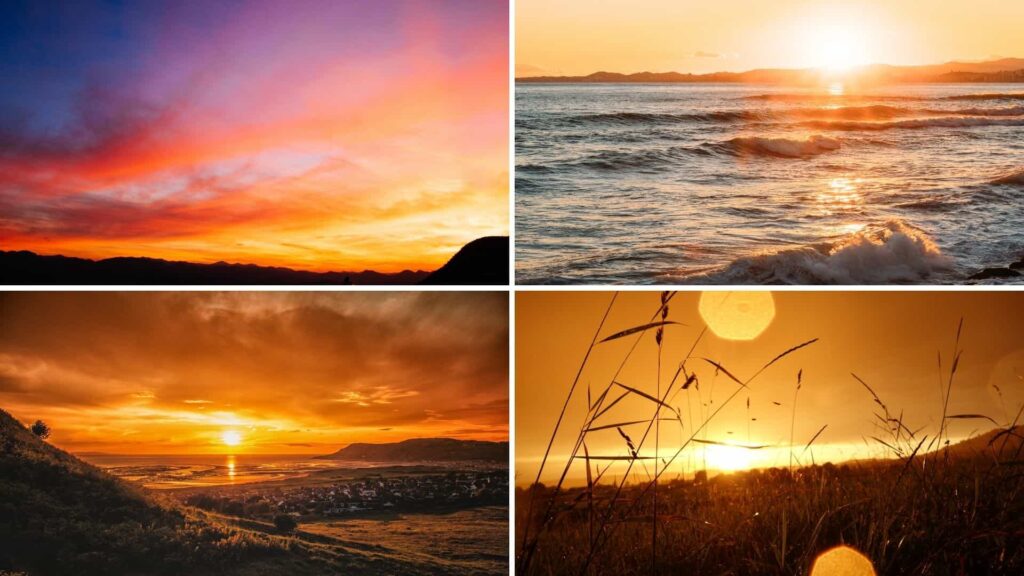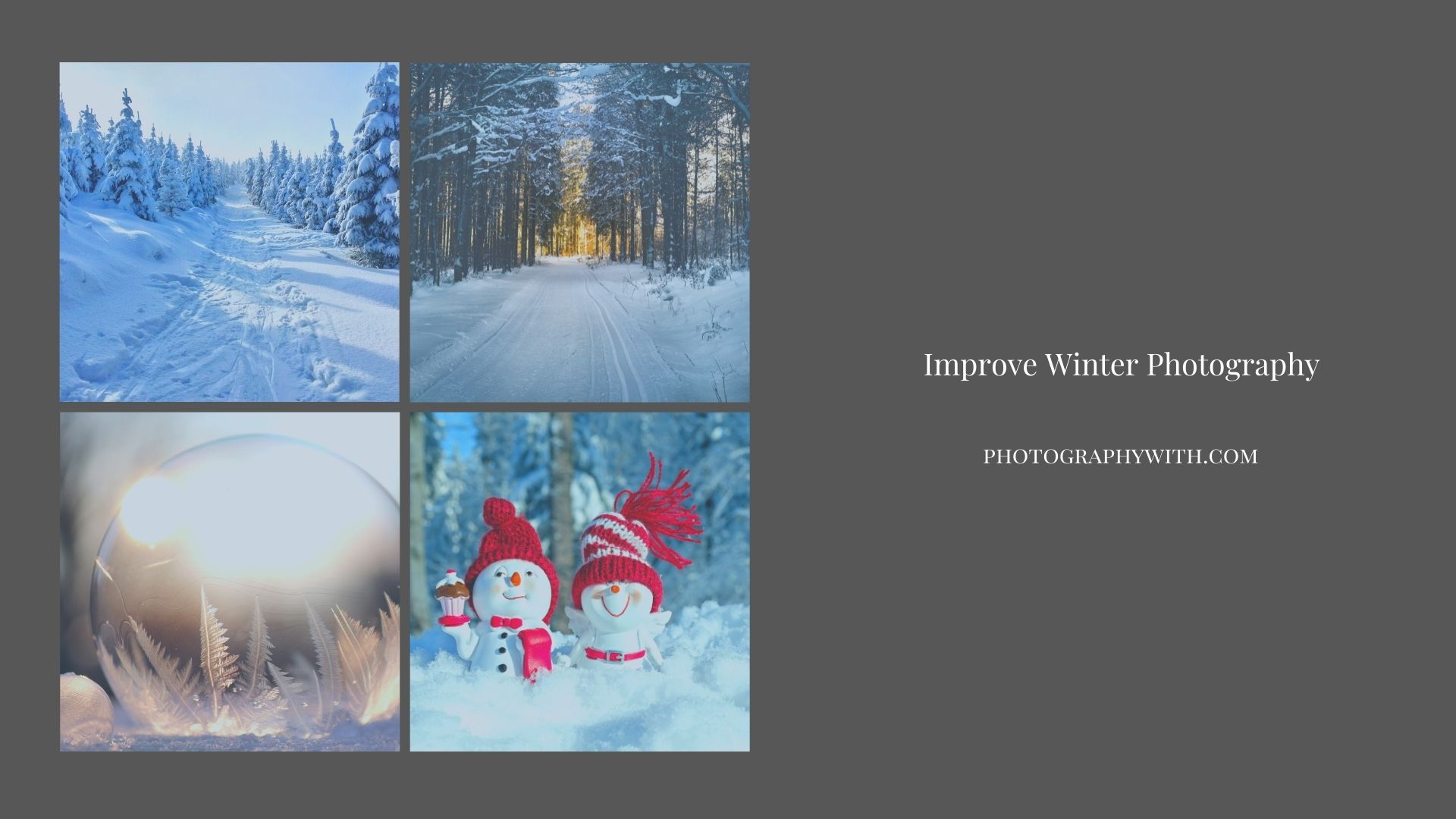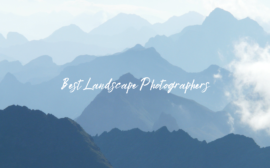Do you want to Improve Winter Photography? but don’t know the proper way???
before I begin, let’s understand why & what about winter photography.
winter photographs can be hauntingly spectacular in every sense and eye-pleasing.
Snowy landscapes, ice skating, and other winter sports, frozen water, bare tree branches, winter sunrise, and sunsets with snow on the land.
and, there are countless winter scenes worth photographing.

Cold weather is beautiful and it brings up a lot of opportunities to capture some of the beautiful seasonal snow and things that get beautified by the snow.
It might be tough to capture images in winter but, trust me the struggle will be worth it.
Winter photography gets difficult because of extreme temperatures.
and our body and our equipment also react against our mission to capture photographs.
Winter photography demands more preparation and more hard work than any other weather.
This weather requires proper warm clothes to make your body comfortable and it is the most important and underrated step.
All you need is to work on skills, focus, improvisation, and hard work to get perfect results You need to save your equipment from freezing and your own body.
Improve Winter Photography | Under 200 Sec
so here are a couple of important points to remember before you go out to shoot during winter…
- Capturing Snowfall Is Crucial
- Adjust Exposure For Better Picture
- Ways To Save Your Camera From Winter
- Sunset And Sunrise | Golden Hours
- Use Winter Sports
- Best Clothes For Winter Photography
let’s understand each point in detail to improve winter photography like a PRO…
Capturing Snowfall Is Crucial
Snowfall picture looks spectacular as Falling snow enhances any winter photograph, but capturing it presents a challenge.

Snowfall is often unpredictable and can change in an instant.
Capture a magical, dynamic winter scene by photographing in Shutter Priority (Tv) mode, which lets you control how snowfall appears in your photos.
Depending on the snow conditions, using a slow shutter speed (1/15 sec.) can blur a blizzard or eliminate slow-falling snowflakes.
Choosing a fast shutter speed (1/250 sec.) will freeze snowflakes in mid-air.
For outdoor photoshoots in snowy conditions, use a moisture-resistant lens, such as the EF70-200MMF/4L IS USM telephoto lens.
If you are capturing in the day you have your advantage and try to shoot when it’s a sunny day it will help you with natural lighting.
Nighttime snow scenes can be magical, especially in the city.
Night snowfall capturing can be difficult but this difficulty can be eroded by your hard work and skills.
Fresh snow on the ground reflects the ambient glow from streetlights, making it easier to take vibrant winter photos at night.
With a full-frame DSLR or Mirrorless camera like the 6D MARK II or the EOS R, you can take high-quality photos using available light during the night and low-light conditions without the use of flash.
DSLR Cameras vs Mirrorless Cameras | Find the Right One For Yourself
Switch to Movie shooting mode to take short videos of the snowfall in slow motion.
To record snow accumulation at 1/5th of real-time, you could use a camera like the new EOS 90D, which features the ability to shoot 120 fps.
Make sure to set up the fastest shutter speed that you can (1/400 of a second or faster).
What you will want to capture with such a depth of field is an effect where the snowflakes right in front of the lens and behind the focus point would appear to be larger.
Having snowflakes large and slightly blurred in front and behind your subject will create that magical feel.
Adjust Exposure For Better Picture
When you are shooting during sunny and bright winter conditions or trying to capture the pure whiteness of the fresh snow, adjust your exposure compensation by +0.3 or +0.7.
this tips really helps me to improve my winter photography.

Fresh snow can often trick the camera sensor into underexposing a scene, which can easily be adjusted in photo editing software.
But if you want to get the right exposure in-camera, experiment with exposure compensation settings by accessing P, Tv, and Av modes.
Adding +1 or +2 exposure compensation brings more light into your scene, preventing underexposure.
Underexposure Cameras don’t know that you are shooting snow or grass (also, technically your camera doesn’t see color as well),.
so you have to tell the camera that you are shooting something bright and adjust your exposure.
Otherwise, your snow will end up looking grey instead of white Similarly, if you are shooting in winter but there is no snow you need to change your exposure.
Ways To Save Your Camera From Winter
Batteries lose their power when exposed to low temperatures.
You may be used to getting a few hundred shots in one charge.
but in cold temperatures, the number of shots you take in one charge can drop considerably less 50-70% than you are used to.
You can easily cheat the cold by keeping your spare batteries warm.
Just keep the extra batteries in your inner pocket, and close to your body heat.
or better keep it with something warm to keep your batteries safe and away from freezing.
Your enemy is the moisture and you need to save your equipment from it as some equipment even get damaged due to moisture.
Shooting something in freezing temperatures is a challenge.
When you are ready to warm up in any nearby indoor spot, be mindful of your camera.
If you simply rush indoors with your camera, your lens will fog up immediately with all the built-up moisture.
This will result in painful minutes of you waiting for the lens to defog (and possibly missing out on getting a great shot).
To avoid this, place your camera in a photo bag with a lens cover before you enter any warm place.
Use a good quality weather-proof camera bag for all of your gear.
When shooting during snowstorms, a plastic wrap or a towel around the camera body isn’t a bad idea.
Powdery snow dusts off, but wet snow will melt quickly
Sunset And Sunrise | Golden Hour
During wintertime, the sunrise and sunset can be a lot more dramatic than usual, especially right before or after snowstorms.
They are likely much easier to photograph.
The snow and sun combination is spectacular.

and the sunrise and sunset are usually earlier in winter than summer but be aware of the extreme cold temperature at the time of sunset and sunrise.
There are multiple ways you can capture a sunset or sunrise and capturing it is considered very basic.
Just don’t underestimate the sunsets/sunrise because they are beautiful and can do wonders if you are willing to put in your hard work and creativity.
Use Winter Sports
Capturing winter sports is difficult, as you’re faced with fast, erratic movement and, often, difficult conditions too.
it gives wonderful results. You can use Sports mode to freeze-frame athletes in action or snowballs splattering onto someone’s parka.
With an image-stabilized telephoto lens like the EF70-200mm f/4L IS II USM.
you’ll capture crisp shots of skiers swishing along with fresh powder from yards away.
A fast shutter speed of at least 1/1000 of a second is ideal.
Set your camera to shutter priority so you can determine the shutter speed and let your camera figure out the correlating aperture.
Best Clothes For Winter Photography
Wear warm clothes according to the temperature because if you need to shoot in the freezing temperature you have to be ready according to those conditions.
You can wear multiple layers of clothes to protect yourself from the extreme weather.
Consider carrying gloves because using buttons or any filters or in fact using the camera at a freezing temperature can create a problem.
so you can use fingerless gloves or basic gloves to keep your hand warm and working.
You should use gloves which are easy to use while shooting and they also protect your hands from cold.
Make sure you cover your face ( of course do not cover your eyes) with a warm cloth.
so that you are not facing red nose kind of issues it will prevent you from catching a cold and it will keep your face warm.
All these things will help you avoid any further issues while shooting outside.
Conclusion
Winter photography as a genre is very difficult to execute because of weather factors but the hard work is worth it, when you get the spectacular result out of it.
Winter photography will be less complicated if you prepare well for the encounter with it rather than just preparing for the shooting stuff.
you should dress winter-appropriate and carry protecting layers for your equipment.
You need to get perfect lenses to capture snowfall scenes and sometimes you will need a tripod.
Remember to cover everything and protect them from moisture.
Snowfall is the most desirable thing everyone wants to see in winters, therefore never ever ignore the snow.
and, remember many experiments can be done with snow.
keep working hard on your skills to improve winter photography and try to force your brain to pop up with new ideas.
good luck 🙂






